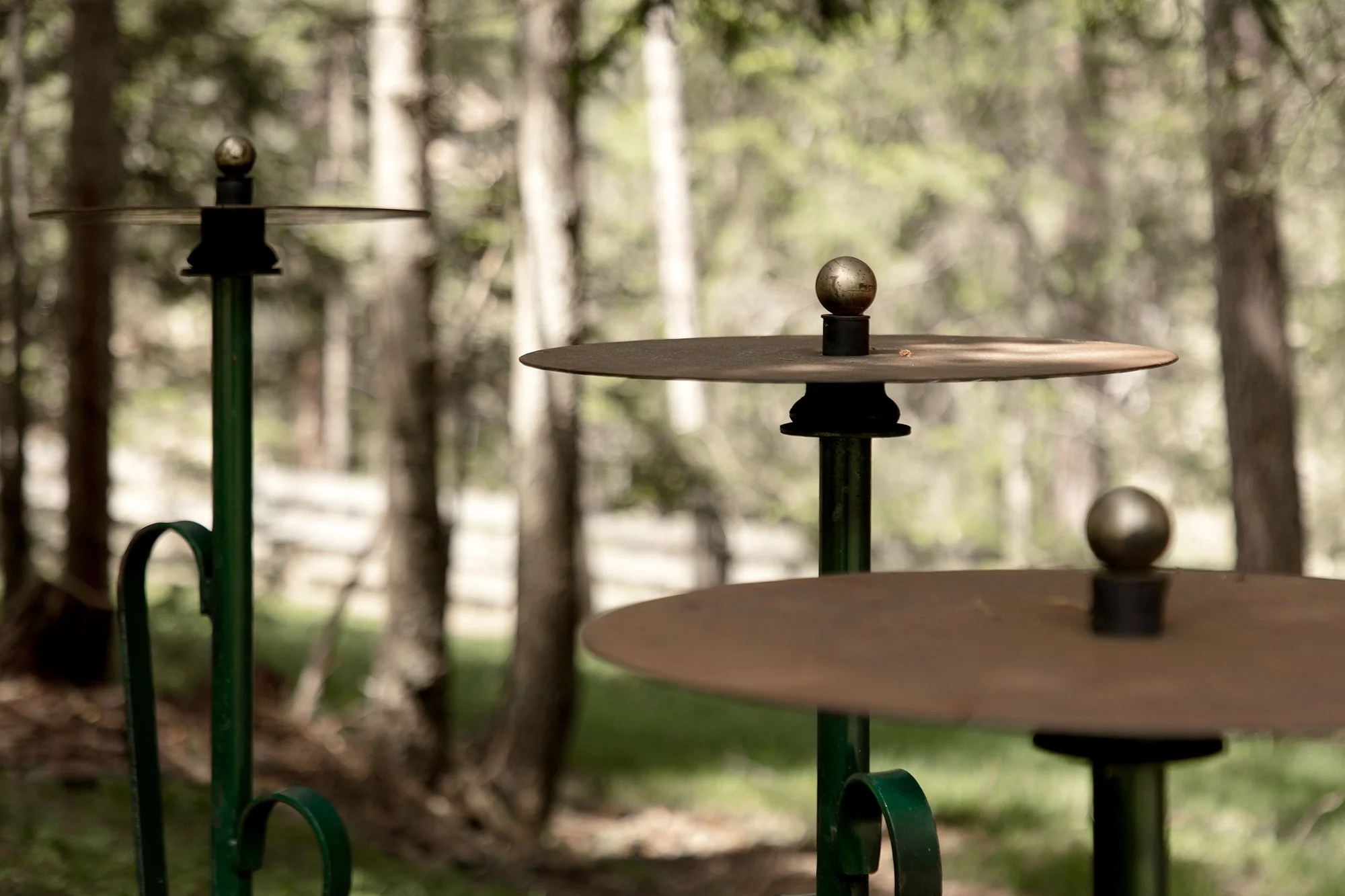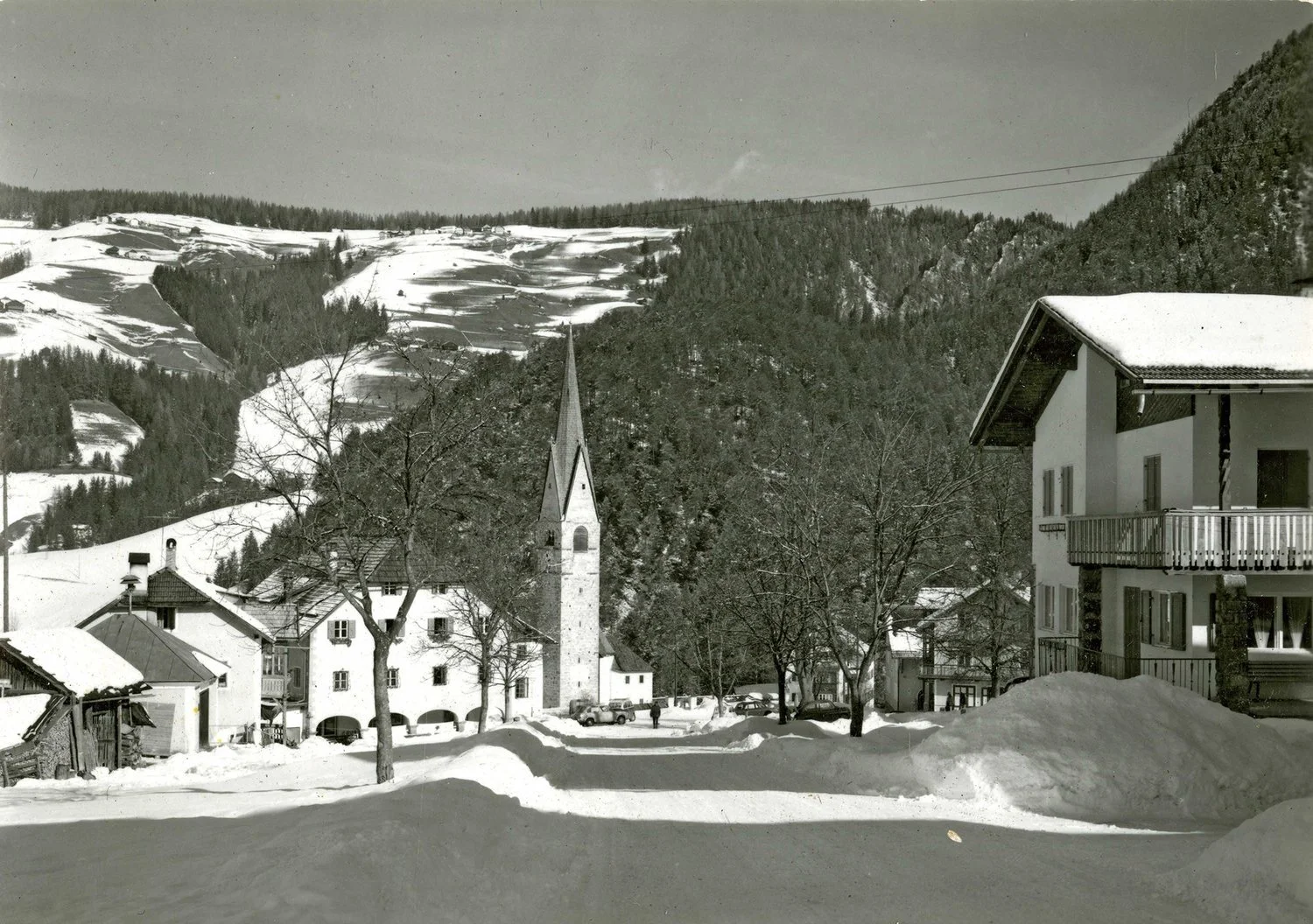The Biennale
Temporary Exhibition
SMACH is a site-specific contemporary art biennale set in the Dolomites of Val Badia, Italy. Founded in 2012, it brings together international artists to create works that interact with the Alpine landscape, local culture, and heritage. Far from traditional museum spaces, the artworks are placed in symbolically rich or natural sites, inviting visitors to experience them through walking and exploration. SMACH transforms the mountains into an open-air laboratory where art and nature dialogue, encouraging reflection on identity, ecology, and community, offering new perspectives on the relationship between art and environment.
Art Park
Permanent Exhibition
Val dl’Ert, from the ladin Art Valley, is an art park located in the town of San Martino in Badia, Val Badia, in the province of Bolzano. This is a permanent exhibition of the sculptures acquired during the last editions of the SMACH art biennale.
Situated in an alpine forest, intact and far away from civilisation, you can see works by artists from all over the world. Art in a natural context establishes a complementary relationship between them, enriching each other through a continuous dialogue.
Satellites
Permanent Exhibitions
These are permanent installations created by internationally renowned and local artists. Placed in carefully chosen sites, these projects remain in the landscape as lasting encounters between art, nature, and community. Over time, they have become part of Val Badia’s cultural and natural heritage, carrying SMACH’s vision beyond the biennale.
Digital tours
Heritage guided tour of San Martin de Tor, Picolin & the Art Park
The SMACH app guides you through the places, offering an immersive journey into its history, visions, and memories with geolocated audio narration. Along the way, you can also access written descriptions, artist interviews, heritage information, extra images, and the route map.






































